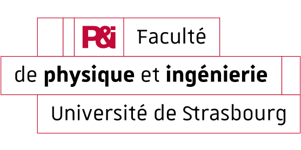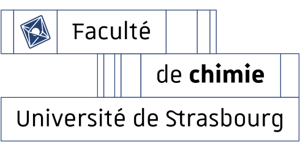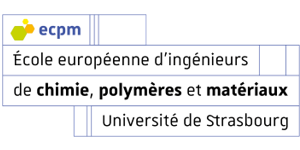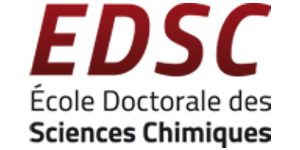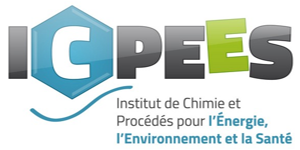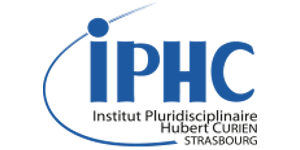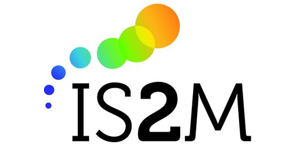B2MAT Biomaterials and Bio-inspired Materials
Axe 4 covers fundamental and applied research in materials science for or inspired by living organisms. It deals with the development of biocompatible biomaterials or 3D matrices for medical applications, but also with fundamental research in physics and biology to understand how microorganisms and natural materials work. One of the objectives is to reproduce and control the processes developed by nature towards life-like materials.


